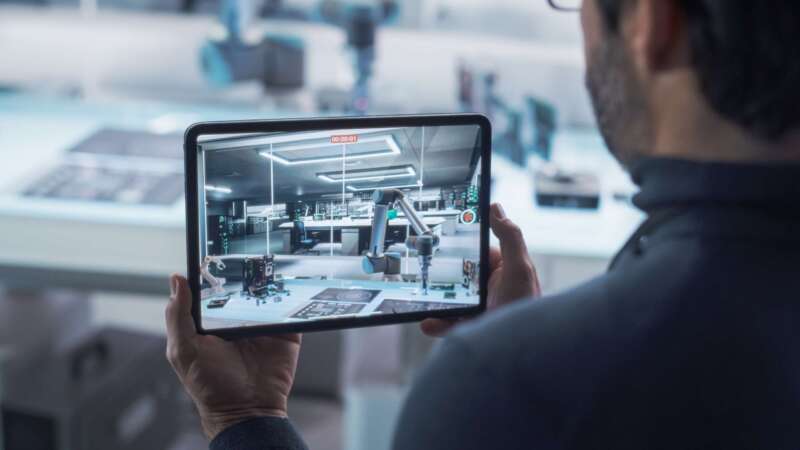
Federal agencies are increasingly adopting the use of immersive technologies such as augmented reality (AR) and virtual reality (VR), with 17 out of 23 agencies reporting uses or programs – the biggest challenges they face are cybersecurity and high operation costs, a recent GAO report said.
Agencies said they used AR – a computer-generated integration of digital information with a user’s environment in real-time – and VR – a completely artificial environment – in fiscal years 2022 and 2023 for workforce training, public outreach, data visualization and analysis, design and planning, real-time assistance and guidance or inspection, medical assessment or treatment, and remote collaboration.
“The Department of Homeland Security used simulators and other immersive technologies to train nearly 10,000 of its employees in fiscal year 2022 for law enforcement use-of-force training, transportation security training, and fire and emergency response training,” the report says.
“The Department of Veterans Affairs used immersive technologies, such as virtual reality, as a tool for clinical staff to support mental health treatment, physical rehabilitation, and pain management,” it adds.
Six agencies didn’t report use within the last two years, including the Department of Housing and Urban Development (HUD), Department of State, Department of the Treasury, Office of Personnel Management (OPM), Small Business Administration, and the Social Security Administration. HUD and OPM said that they plan to adopt AR and VR programs in the next four years.
Some of the additional uses of AR and VR that agencies reported include:
- The Department of Agriculture used VR and AI solutions to model pre-fire forest conditions and simulate weather effects to guide ecosystem restoration and fire response planning.
- The Department of Education aimed to break the intergenerational cycle of reading difficulties by using AI-driven personalized tutoring to improve young students’ reading abilities.
- The Department of Homeland Security’s Secret Service used a simulation lab with 3D visualizations for training and developed their own 3D tools for security planning.
- The Department of Justice’s FBI said it uses flight simulators for annual helicopter recertification and is developing a VR system to train employees with real-world scenarios. They reported that 136 Federal employees were trained using these immersive technologies between 2022-2023.
- NASA has been developing a multi-user virtual reality platform to help NASA engineers collaborate remotely, while their Rapid Model Import Tool (RMIT) simplifies and optimizes 3D models for use in immersive applications.
- The National Science Foundation (NSF) is working to make AR devices smaller and more efficient by reducing data usage, improving virtual object placement, and lowering energy consumption.
Though there are currently at least 649 systems, programs, or activities reported across the agencies that are being researched and developed or in effect, GAO said that agencies’ largest concerns are privacy and cybersecurity risks.
With AR and VR in particular, GAO said that systems that track the users’ movements and surrounding environment may “include personally identifiable information.”
The rapid development of technology “may be difficult for federal agencies to keep pace with,” GAO said, explaining that limited budgets, workforce, and trained personnel have been hard to navigate.
Other reasons agencies provided for either developing limited or no AR and VR projects include a lack of standardized definitions pertaining to “immersive technology,” which has prevented collaboration across agencies. Additional agencies said they had limited use for the technology.
“An Office of Personnel Management official stated that one of its roles is as an annuitant organization that largely deals with retirees, which does not appear to be a natural fit with the adoption of immersive technology,” explains GAO.
The GAO report also notes that 11 agencies have provided oversight and funding for AR and VR programs that are nonfederal entities, such as schools or law enforcement agencies, that would help them “enable their own use or acquisition of immersive technology.”
The CHIPS and Science Act of 2022 made the National Institute of Standards and Technology (NIST) and the NSF eligible to receive a portion of $280 billion for research and development in immersive technology, though there has been a lack of advancement in these areas.
A report by the XR Association and George Washington University showed that the United States has fallen behind in researching and developing support for immersive technology compared to other countries, such as China – who leads the world in terms of investment and development in the technology – and South Korea.
The tech industry, though, has continued to focus on the development of immersive technology with U.S. companies such as Meta, Magic Leap, Unity, and Apple investing heavily in the technology.
